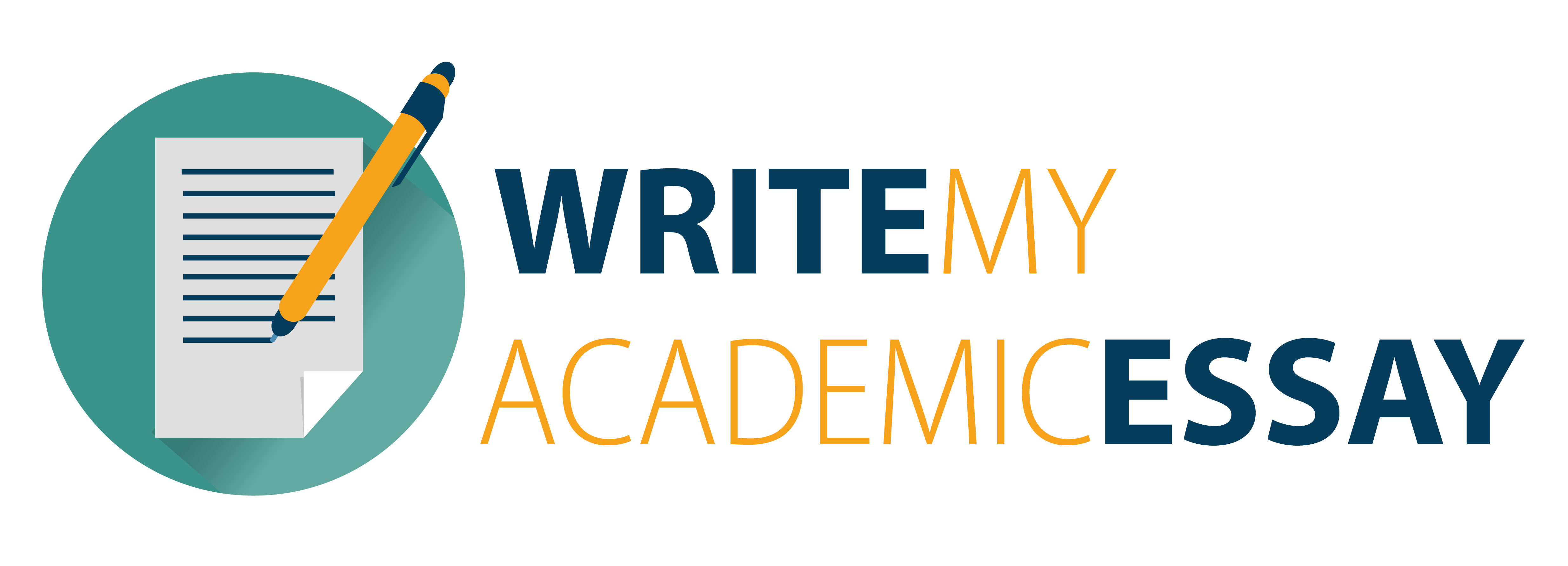Order Description
Course Textbook: McEachern, W. A. (2015). ECON macroeconomics (4th ed.). Stamford, CT: Cengage Learning
Unit VI Homework
Answer the following from the Problems Appendix in the back of your textbook on pp. 332-333:
• Chapter 11: Questions 1, 4, 7, and 9
• Chapter 12: Questions 2, 5, and 8
Your completed Homework assignment should be at least three to four pages in length. All sources used, including the textbook, must be referenced; paraphrased and quoted material must have accompanying citations. All references and citations used must be in APA style.
CH: 11
1. (Fiscal Policy) Define fiscal policy. Determine whether each of the following, other factors held constant, would lead to an increase, a decrease, or no change in the level of real GDP demanded:
1. A decrease in government purchases
2. An increase in net taxes
3. A reduction in transfer payments
4. A decrease in the marginal propensity to consume
4. (Changes in Government Purchases) Assume that government purchases decrease by $10 billion, with other factors held constant, including the price level. Calculate the change in the level of real GDP demanded for each of the following values of the MPC. Then, calculate the change if the government, instead of reducing its purchases, increased autonomous net taxes by $10 billion.
1. 0.9
2. 0.8
3. 0.75
4. 0.6
7. (Fiscal Policy) Chapter 11 shows that increased government purchases, with taxes held constant, can eliminate a recessionary gap. How could a tax cut achieve the same result?
9. (Evolution of Fiscal Policy) What did classical economists assume about the flexibility of prices, wages, and interest rates? What did this assumption imply about the self-correcting tendencies in an economy in recession? What disagreements did Keynes have with classical economists?
CH: 12
2. (The Federal Budget Process) Why does the budget require a forecast of the economy? Under what circumstances would actual government spending and tax revenue fail to match the budget as approved?
5. (Federal Debt) What has happened to the federal debt since 2008 as measured relative to GDP?
8.(The National Debt) Try the following exercises to better understand how the national debt is related to the government’s budget deficit.
1. Assume that the gross national debt initially is equal to $3 trillion and the federal government then runs a deficit of $300 billion.
i. What is the new level of gross national debt?
ii. If 100 percent of the deficit is financed by the sale of securities to federal agencies, what happens to the amount of debt held by the public? What happens to the level of gross debt?
iii. If GDP increased by 5 percent in the same year that the deficit is run, what happens to gross debt as a percentage of GDP? What happens to the level of debt held by the public as a percentage of GDP?
2. Now suppose that the gross national debt initially is equal to $2.5 trillion and the federal government then runs a deficit of $100 billion.
i. What is the new level of gross national debt?
ii. If 100 percent of this deficit is financed by the sale of securities to the public, what happens to the level of debt held by the public? What happens to the level of gross debt?
iii. If GDP increases by 6 percent in the same year as the deficit is run, what happens to gross debt as a percentage of GDP? What happens to the level of debt held by the public as a percentage of GDP?

